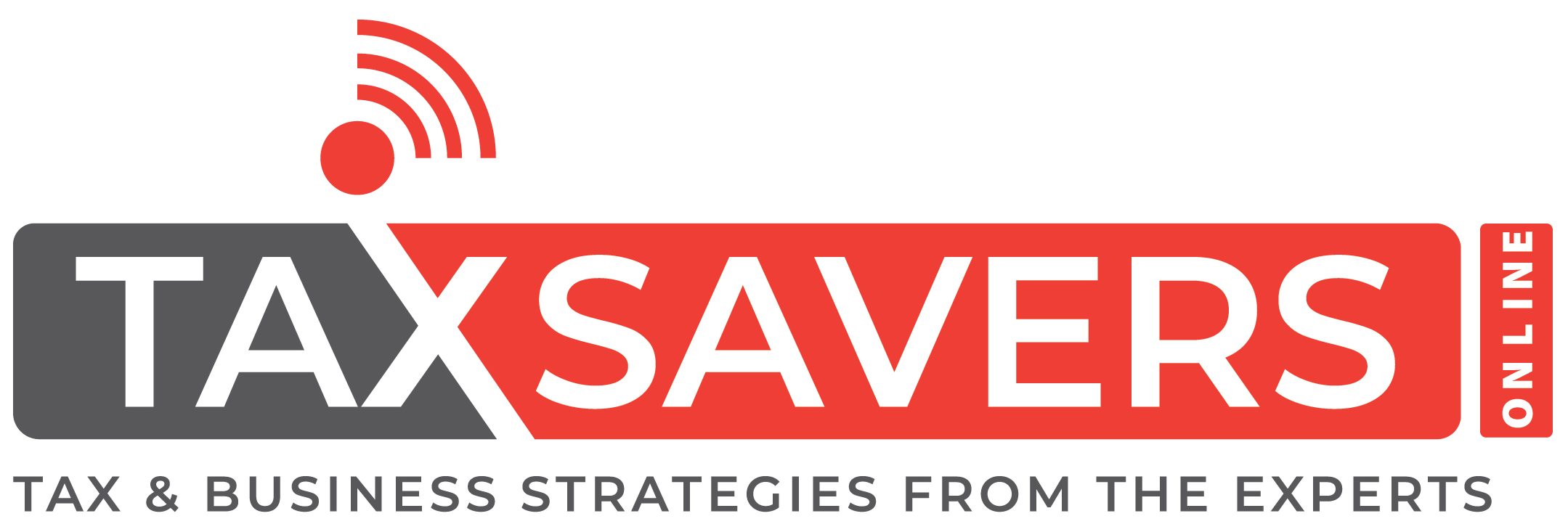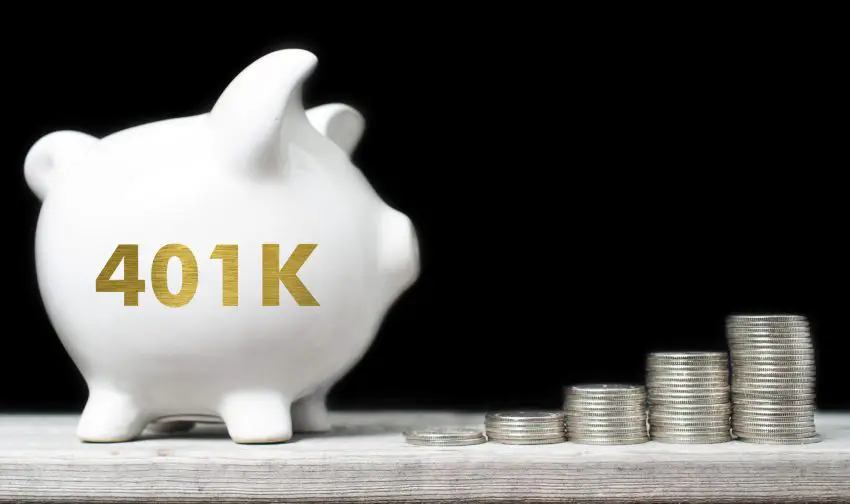In 2021, the average 401(k) balance was $129,157. While this is an increase from the previous year, it’s in no way enough money for retirement.
When viewing the money in your account, it can be tempting to want to withdraw and spend it. However, you should only consider an early withdrawal if it’s absolutely necessary and under specific circumstances.
To learn more, keep reading for everything you need to know about How to Withdraw Early From a 401(k) Account.

Contents
What Is a 401(k)?
A 401(k) plan is an employer-sponsored retirement savings plan with tax benefits for employers and employees. There are two types of 401(k) plans. They are traditional and Roth.
The traditional 401(k) allows you to save for retirement on a tax-deferred basis. That means you can deduct your 401(k) contributions from your taxable income each year. This can help to lower your income tax bracket while saving for retirement.
The money in a traditional 401(k) will grow tax-deferred until you start withdrawing the money. Upon withdrawal, the funds will be subject to regular income tax.
The Roth 401(k) uses after-tax dollars to help you save for retirement. You don’t deduct your contributions from your taxable income. The money in the account still grows tax-deferred. But, you won’t owe taxes on your withdrawals in retirement since you already paid taxes on your contributions.
Many employers have a match program that contributes to the retirement account up to a specific limit when the employee contributes to the fund. Matching contributions go into a traditional 401(k) account.
However, you have the option to roll over the funds to a Roth 401(k) or other retirement saving account (IRA) via an IRS Rollover. In addition, there may be tax benefits to an IRS Rollover, which you can discuss with your tax advisor or accountant.
But, when rolling over funds from one account to another, you’ll need to follow IRS guidelines to avoid penalties and fines. Often, you have 60 days to roll over funds before they are taxable.
Withdrawing From a 401(k)
The IRS allows you to start withdrawing from your 401(k) account at age 59 1/2. But, you don’t have to start taking withdrawals at this time if you don’t want to.
Since many people work well into their 60s, it’s possible to delay your withdrawals.
However, traditional 401(k) accounts require you to take your first required minimum distribution (RMD) the year you turn 72. Not taking an RMD can result in penalties.
Roth 401(k) accounts don’t have RMDs, meaning you never need to withdraw the money in the account, and you can pass it on to your dependants as an inheritance if you choose.
If you want to withdraw money earlier than age 59 1/2, the early withdrawal penalty is 10%. You’ll also have to pay regular income taxes on the withdrawn funds.
For example, if your ordinal tax income bracket is 24%, you’ll pay 34% in taxes and fees on your early withdrawal. So, if you withdraw $15,000 early from your 401(k), you’ll only receive $9,900.
For this reason, most financial advisors and tax consultants don’t advise withdrawing early from any retirement fund if you can avoid it. After all, the IRS enacted the penalty to dissuade people from dipping into their retirement savings.
How to Withdraw Early From a 401(k): Hardship
Although financial experts advise not to withdraw from your 401(k) early, some exceptions to the penalty allow you to access your funds without paying an additional 10%.
One example is the hardship withdrawal. This exception allows you to withdraw from your retirement account early for “immediate and heavy financial need.”
However, for a traditional 401(k), you will still owe regular taxes on the withdrawal. For a Roth 401(k), you’ll owe taxes on the accumulated profits while the funds were in the account.
Further, an early withdrawal will permanently reduce your portfolio’s balance since tax rules do not allow you to put the money back into your account after the hardship.
Some financial firms will even ban you from contributing to your 401(k) for six months or more post-early withdrawal. This will increase your losses, especially if you lose out on a company match during this time.
What Constitutes Hardship?
Congress has outlined several situations that rise to the level of hardship. They include:
- Medical expenses for you, your spouse, or other defendants
- Money to prevent eviction or foreclosure on a mortgage of a principal residence
- Funeral or burial expenses for a parent, spouse, child, or other dependents
- Down payment for a principal residence
- Qualified expenditures for damage repair to a principal residence
- College tuition and related educational costs
If you meet one of the qualifications for hardship, you will need to speak with your employer and account provider to determine if they allow for hardship withdrawals. Unfortunately, not all plans allow for them.
Moreover, some plans only allow you to withdraw income earned and not employer contributions.
Additionally, the provider may require you to exhaust all other financial resources before allowing a hardship withdrawal. There are many ways to access emergency funds; some options include:
- Pausing retirement contributions
- Transferring high-interest rate debt to a lower rate or consolidating debt
- Taking out a home equity loan, personal loan, or home equity line of credit (HELOC)
- Borrow from a whole or universal life insurance policy
- Getting another job
- Downsizing and reducing expenses
Withdraw Early From a 401(k): The COVID-19 Exception
The 2020 CARES Act permitted employers to amend their 401(k) plans in Section 2022. If employers authorize this option, those affected by the coronavirus can withdraw up to $100,000 from their retirement account, including a 401(k), penalty-free.
They’ll also have three years to pay the taxes due. After that, the IRS will let you recoup the taxes you paid on the withdrawal by filing an amended federal tax return.
Other Exceptions
The IRS identifies several other exceptions that bypass the early withdrawal penalty but don’t fall into the hardship category. These include:
- Becoming disabled
- Having qualified medical debt
- Being court-ordered to give some of your 401(k) assets to your former spouse in a divorce decree
- Giving birth or adopting a child (rules laid out by the SECURE Act of 2019)
- Paying an IRS levy
- Being the victim of a disaster for which the IRS granted relief
- Taking funds with Substantially Equal Periodic Payments (SEPP)
Further, you may not be subject to the penalty if you overcontributed to a fund or were auto-enrolled into a 401(k) and want out.
If you think you may qualify for an exception to the penalty, it’s best to speak with your employer and account provider to verify.
Rule of 55
The rule of 55 is another penalty exception the IRS considers. As a result, those between the ages of 55 and 59 1/2, who become jobless in this time frame, may be able to access their 401(k) funds penalty-free.
The offer is valid for those who choose to retire during this time. But it also applies to those who find themselves involuntarily out of work due to being let go or fired.
However, not all 401(k) plans allow this exception, so you’ll need to speak with your employer and account provider to see if it applies to you.
Alternative Choice: 401(k) Loan
If you’re considering a hardship withdrawal, a better option may be a 401(k) loan. Again, not all plans allow loans, but borrowing from your retirement fund will give you access to the money you need without dipping into your savings.
With a 401(k) loan often, you can take out as much as 50% of your savings, up to $50,000, within 12 months. Then you have to pay back the money, with interest, usually within five years. But the interest you pay will go into your retirement account.
If you have good job security, consider a loan instead. Even if you miss a payment, it won’t impact your credit score because it’s a defaulted loan.
But if you leave your job, you may need to repay the loan in a short period, which is less than ideal. Not making the payments, in this case, would leave you with a 10% penalty and further financial hardship.
How to Make an Early Withdrawal
With this information, you may decide that an early withdrawal from your 401(k) is necessary and suitable for you, so let’s discuss how to make the withdrawal.
The first thing you want to do is establish the following:
- Your eligibility
- Type of withdrawal you want to make
- Amount you need
Then, you need to fill out the necessary paperwork and provide the required documentation. Each employer and account provider has different requirements for withdrawal paperwork. You can work closely with these partners for assistance.
Get More Financial Advice
While it’s possible to withdraw early from your 401(k) without a financial penalty, you should only consider this option in dire circumstances. After all, retirement in the U.S. is expensive. Every dollar you accumulate in the account is vital.
If you’re facing financial hardship, seek financial advice on the best way to access the funds you need and create a pathway to repayment, even if this means an early withdrawal from your 401(k).
To read more about personal finances and retirement, head over to the Finance section. Bookmark the page for easy access to regular new content.
Continue reading our blog section to learn more about: How Pension(Retirement) Income Is Taxed
Learn More
What is a Qualified Retirement Plan | Best Tax Strategies
Tax Deferred Retirement Plans Ultimate Guide
Tax Free Retirement Account (TFRA): What Is It and How Does It Work?
The 7 Best Retirement Plans Out There






4 thoughts on “How to Withdraw Early From a 401(k) (A Must Read!!)”